Origin Of Earth’s Largest Extinction Event Discovered
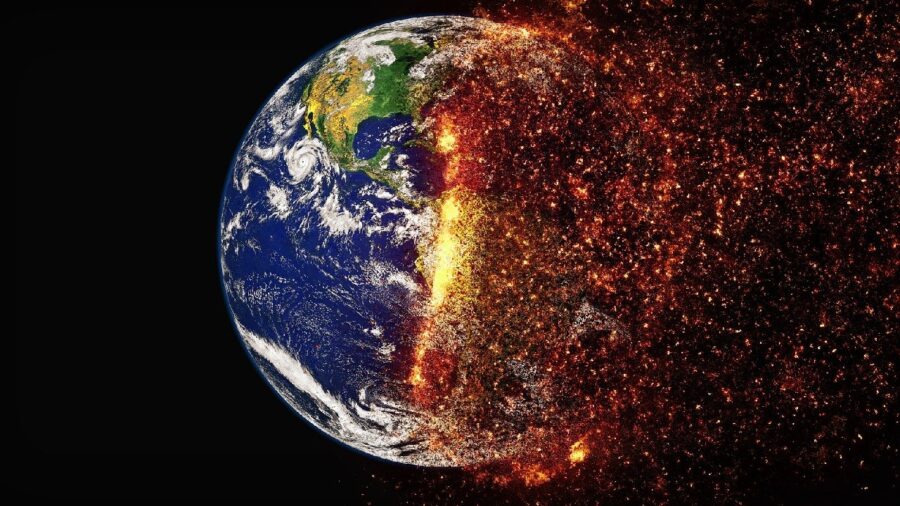
The Great Dying, more officially known as the Permian-Triassic Mass Extinction, enshrouded the Earth more than 250 million years ago and led to the deaths of an estimated 90 percent of marine life and 70 percent of life on the continents. In a recent study, scientists have discovered that the release of massive amounts of carbon into the Earth’s atmosphere was responsible for a die-off that was nearly the end of all life on our planet as we know it. What’s even more disturbing is that the levels of emissions into the atmosphere today are signaling that ancient history could well repeat itself.
A Planet-Killing Domino Effect
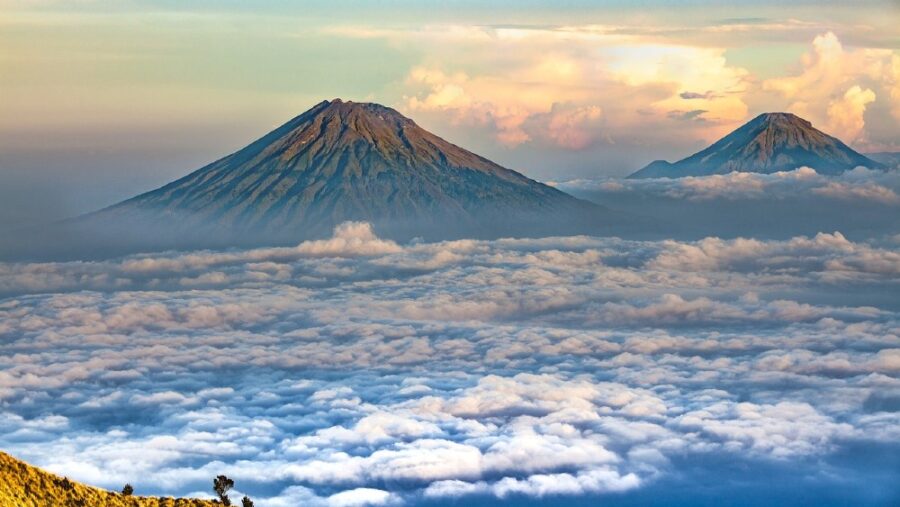
Professor Uwe Brand, a geoscientist from Canada’s Brock University, has spent years excavating the Earth and studying countless samples. He likens what happened to predicate the Great Dying to a “domino effect,” a perfect storm of events that led to mass extinctions across the globe. He maintains that his research has shown that the destruction began with an influx of volcanic eruptions in modern-day Siberia that scorched every nook and cranny along the rocks in the path of the lava flow.
Lava Leads To Greenhouse Gases
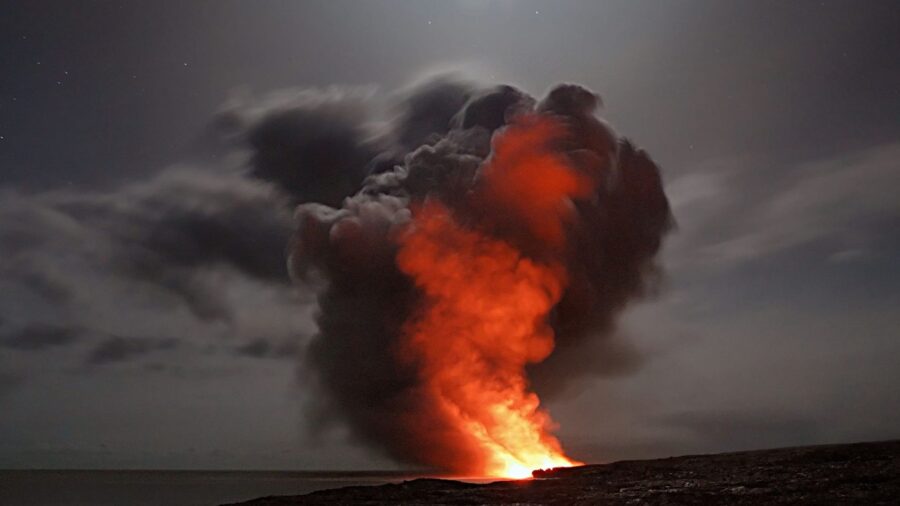
This led to lava beds the size of half the United States being created. Over the course of eons, the lava cooled and released massive amounts of “heat-trapping carbon gases,” at rates much higher than what is being experienced today. The influx of these greenhouse gases warmed the global temperatures a whopping 18 degrees Fahrenheit higher than today’s levels.
These increases forced land animals to “rapidly adapt, move, or die,” leading to 70 percent dying off.
But as catastrophic as these greenhouse gases were on land, they nearly wiped out all marine life in the Earth’s oceans. The Great Dying was energized when carbon dioxide from the Earth’s atmosphere was absorbed by sea water. This forced a mixture that led to the formation of sulfuric acid.
A Perfect Storm Of Destruction
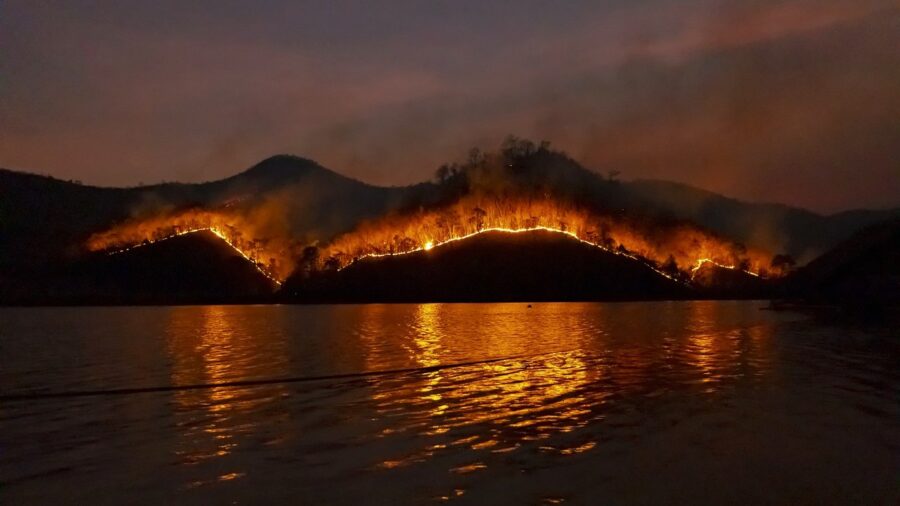
The increase in the sea’s acidity destroyed the coral and the protective shells of the sea life of the day. The problems in the water were further complicated by the raging fires on land that were from the increase in temperatures that dried out vegetation and made the surface of the Earth more prone to blazes. The death and natural decay on land combined with that in the ocean and starved the waters from the oxygen it needed to sustain nearly all the life it held.
History May Repeat Itself
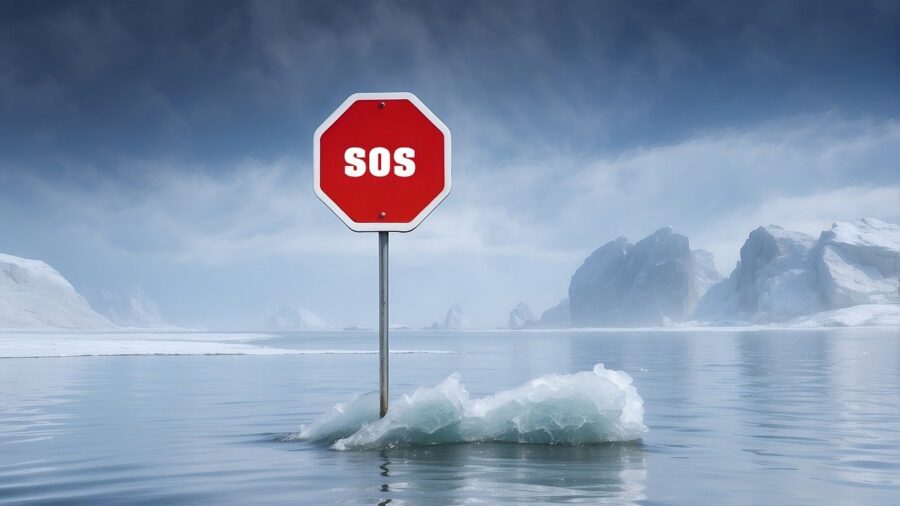
Brand and other scientists have warned that the signs are there for another Great Dying if humankind doesn’t reverse its course when it comes to the high levels of carbon emissions into the atmosphere. The ocean temperatures are higher than they’ve been in more than 100,000 years and are actively becoming more acidic. Today, there are a growing number of “oxygen dead zones” where nothing is able to survive.
Learning From The Great Dying
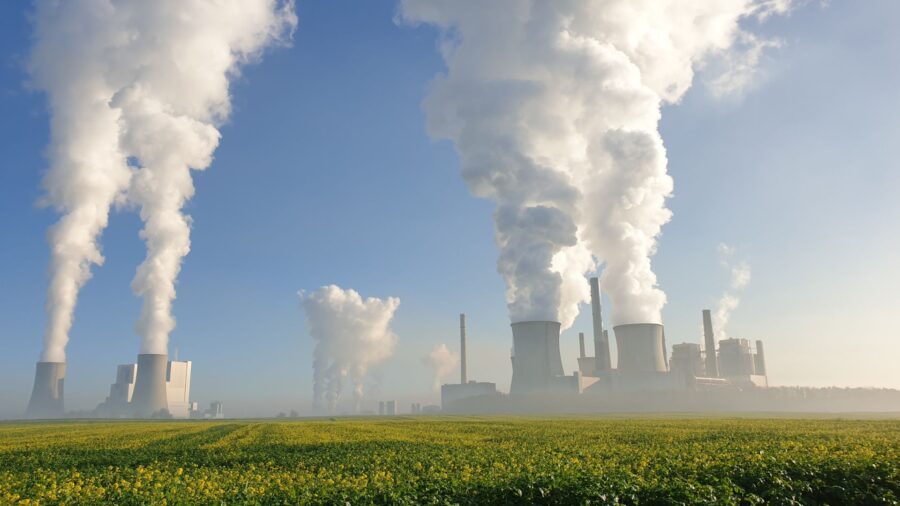
Brand says that it’s important to understand the causes of events like the Great Dying and learn their lessons. Quickly shifting away from burning fossil fuels will certainly help, as Brand asserts that it’s not too late to reverse course if everyone works together. If not, the long-term consequences could include mass extinctions.
Sources: Nature Geoscience











